If you think Metro Manila’s traffic is a problem, the garbage situation will, in modern social media-speak, tell you to “hold its beer.”
Pundits and critics alike say the National Capital Region’s trash output is a ticking time bomb, indicative of a similar problem experienced across the country, and recent statements by government officials have only underscored the issue.
Last December, Environment Secretary Roy Cimatu said the country was in the middle of a “garbage crisis.” Waste generation, he said, had become unprecedented, Filipinos selfishly threw their refuse everywhere―mostly into water systems―and massive clean-up drives only moved tons of litter from one place to another.
In an environmental forum that month, Cimatu said the Department of Environment and Natural Resources would issue, “within two weeks,” an order prescribing the use of plastics, the country’s main solid waste pollutant.
Two months later, that order is still stuck at the “executive committee” level, according to a DENR undersecretary in charge of solid waste management.
Then last Tuesday, Senator Cynthia Villar, who chairs the Senate committee on environment and natural resources, said single-use plastics “might be impossible to ban” as she didn’t see any possible replacements for them.
Incidentally, the Philippines is the world’s third-highest source of marine plastic pollution, according to the Global Alliance for Incinerator Alternatives―at a figure Cimatu said was an estimated 2.7 million metric tons of plastic waste.
But the conundrum is far greater than just dealing with plastic waste, experts argue. It involves complete, environmentally-sound waste management―dealing, as Cimatu correctly said late last year, with garbage “at its source,” and safely collecting, transporting, treating and disposing waste in all its forms, not just solid.
A large portion of waste management practices deal with municipal solid waste, the bulk of the waste created by household, industrial, and commercial activity.
Speaking of the garbage source, Mega Manila―all its 16 cities and one municipality―is home to 13 million people, and the daily household waste its denizens produce alone runs into thousands of tons of refuse.
Recent studies revealed that each person produces 1.5 kilos of garbage per day. Calculations based on this figure lead to a total of 19,500 tons of waste from the NCR, day in and out. That’s far more than Metro Manila’s estimated household and commercial wastes output of 10,000 to 12,000 tons daily.
In fact, Cimatu pointed out that Metro Manila has already blown past its full-year estimates in just two quarters. “The target estimated waste generation baseline for 2019 of 58,112.31 cubic meters has already been surpassed,” he told the Stratbase environmental forum in December.
Another DENR figure revealed that in Metro Manila alone, waste generation was estimated to increase 3.5 percent to 3,527,484 tons annually, from the current 3,406,662 tons.
Nationwide, DENR Assistant Secretary Jesus Enrico Salazar told a Senate committee hearing in January that waste in the Philippines is expected to total 21.84 million tons by 2021, up 3.9 percent from the current 21.02 tons.
Metro Manila and the rest of the country will be needing more landfills in the next few years, Salazar said during the hearing, only because the landfills that are now being used will decline faster than expected.”
“It was projected based on population growth, commercialization, and business growth coupled with spending power of the population,” he said.
But there aren’t enough garbage dumps or sanitary landfills to serve the country, let alone Metro Manila. Salazar said sanitary landfills nationwide total 186, serving around 407 local government units.
That only serves one-fourth of all towns and cities nationwide, forcing other LGUs to use unregulated dump sites―which is against Republic Act No. 9003 or the Ecological Solid Waste Management Act of 2000.
At present, some 331 illegal dumps are operating despite several closures made by the department, Salazar told senators at a hearing this month. The DENR official said site selection for potential sanitary landfills “should not affect the environment and the surrounding areas where such dumping facilities are operating.”
However, NCR is running out of time and options. The Metro Manila Development Authority previously said that at the rate the metropolis is generating trash, the Navotas Sanitary landfills it is currently using would be rendered unusable by 2026―in just six years―and the Rizal landfill in Rodriguez town by 2037 at the latest.
The MMDA is already hauling over 75,000 truckloads of trash a year since 2016, or at least 10.72 million cubic meters of waste. Its nearest dumpsite was the one in Payatas in Quezon City, which the DENR ordered closed three years ago so it could review the environmental compliance certificate of the dumpsite operator.
“We are projecting that the landfills will be filled up and then, later on, we will have to find other areas where we can establish these landfills for the LGUs to have some disposal areas,” Salazar admitted.
He also said it was “very difficult” to enforce RA 9003, and likewise difficult for LGUs to comply with the law’s requirements.
“But we have seen this happen in other areas,” Salazar said, adding this initiative would require more effort on the part of the government and the private sector.
This article was originally published by Manila Standard.
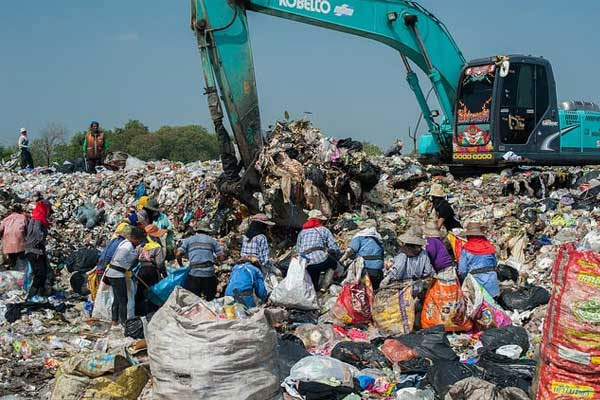
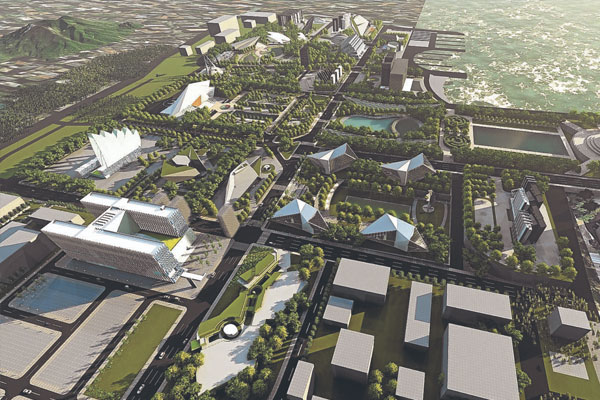
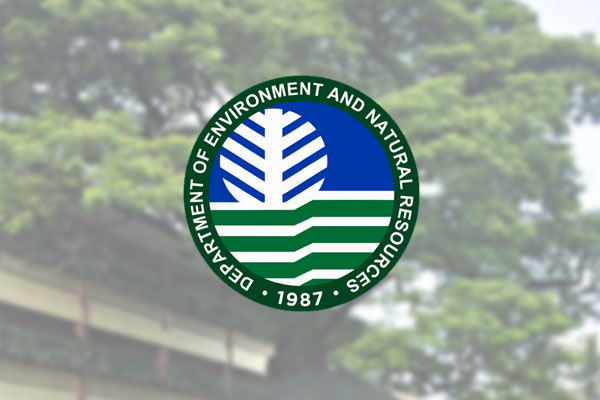


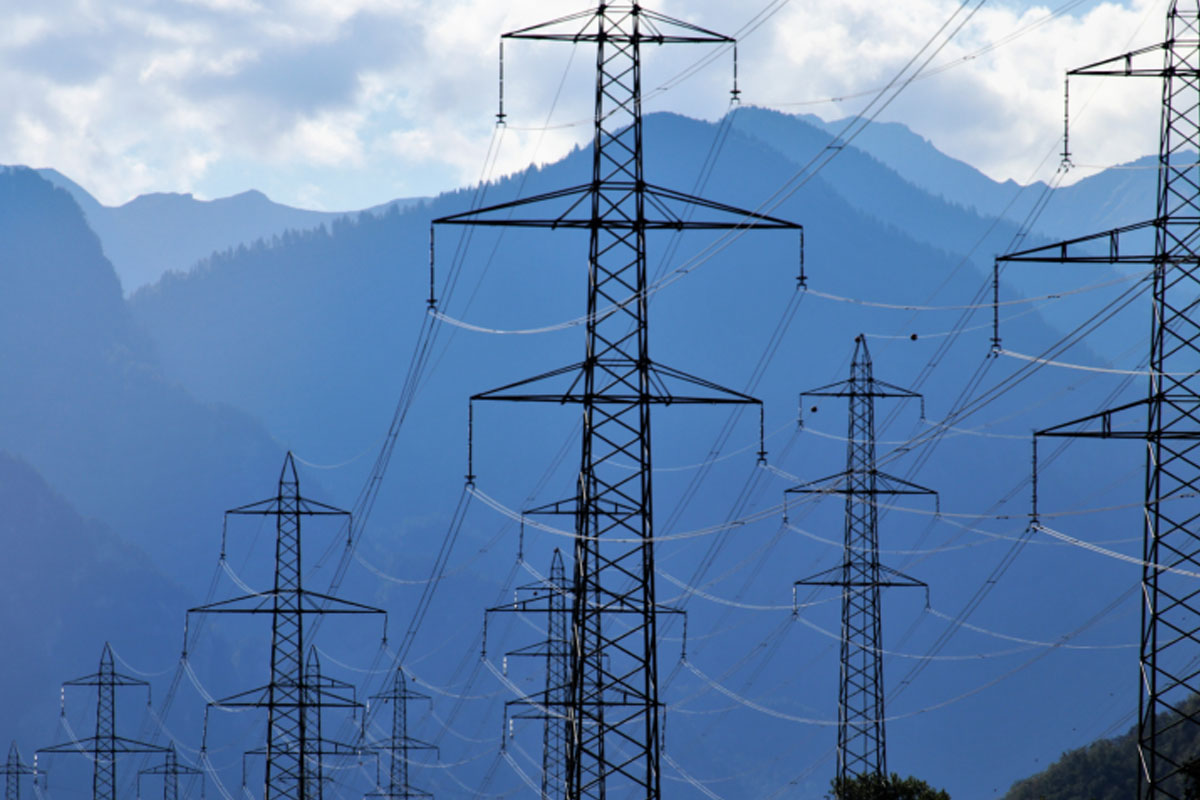
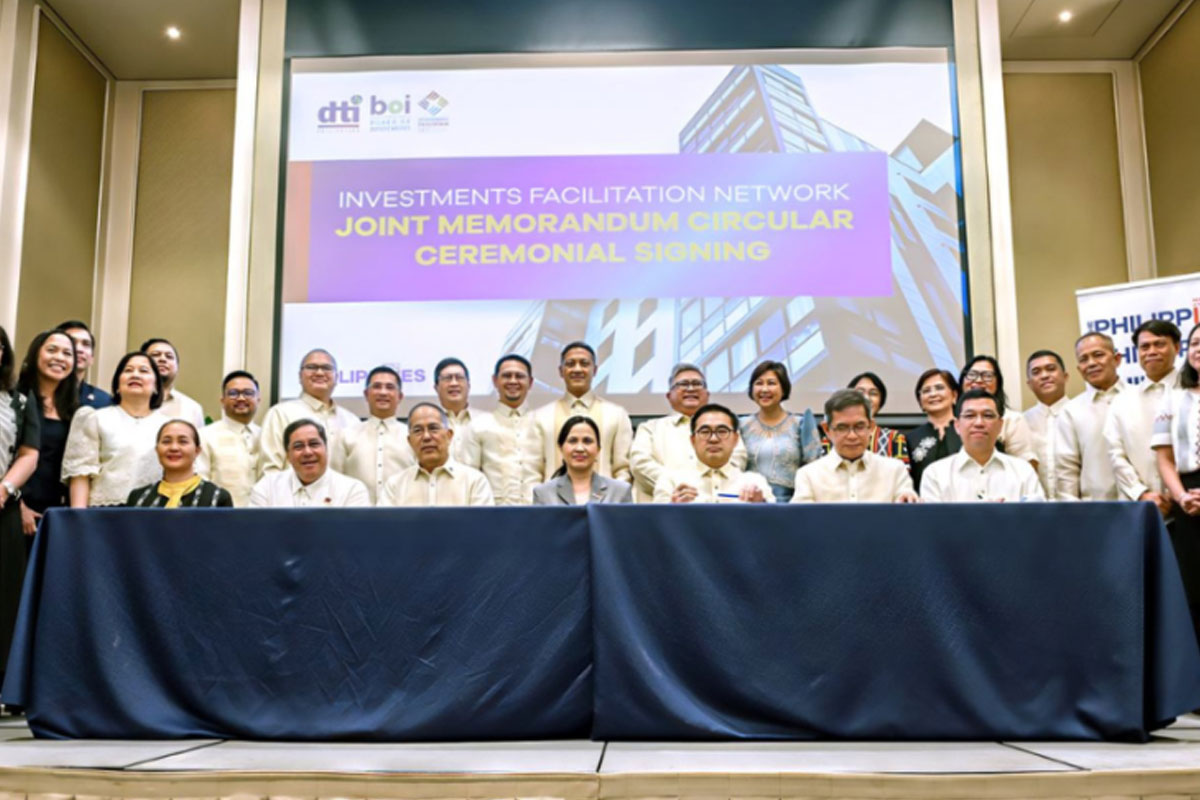


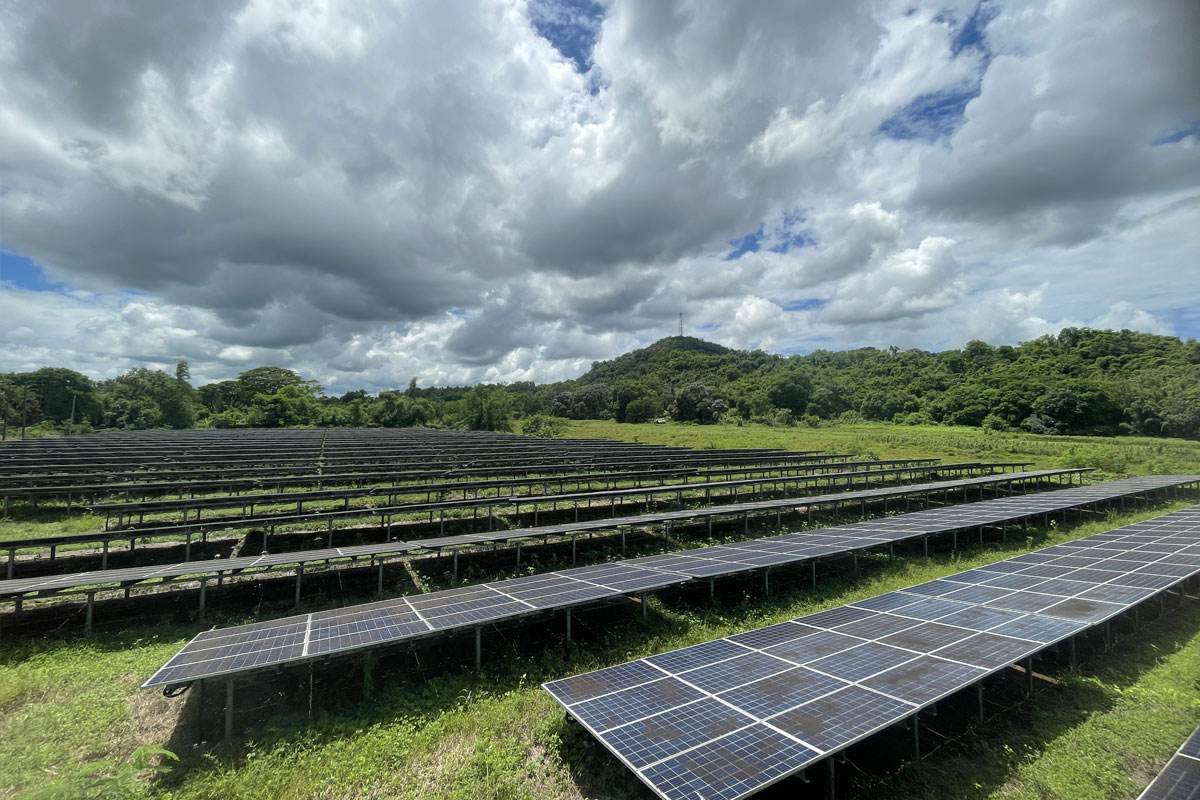


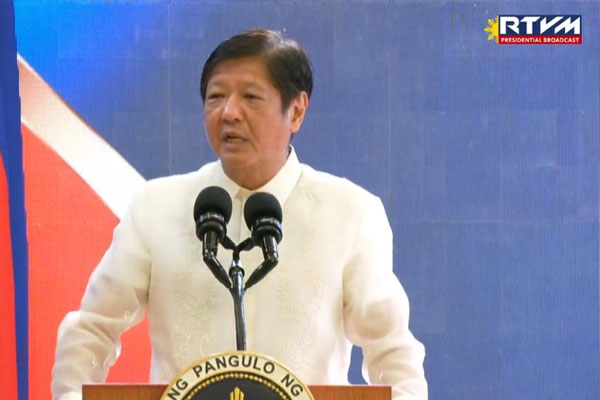

Leave a Comments